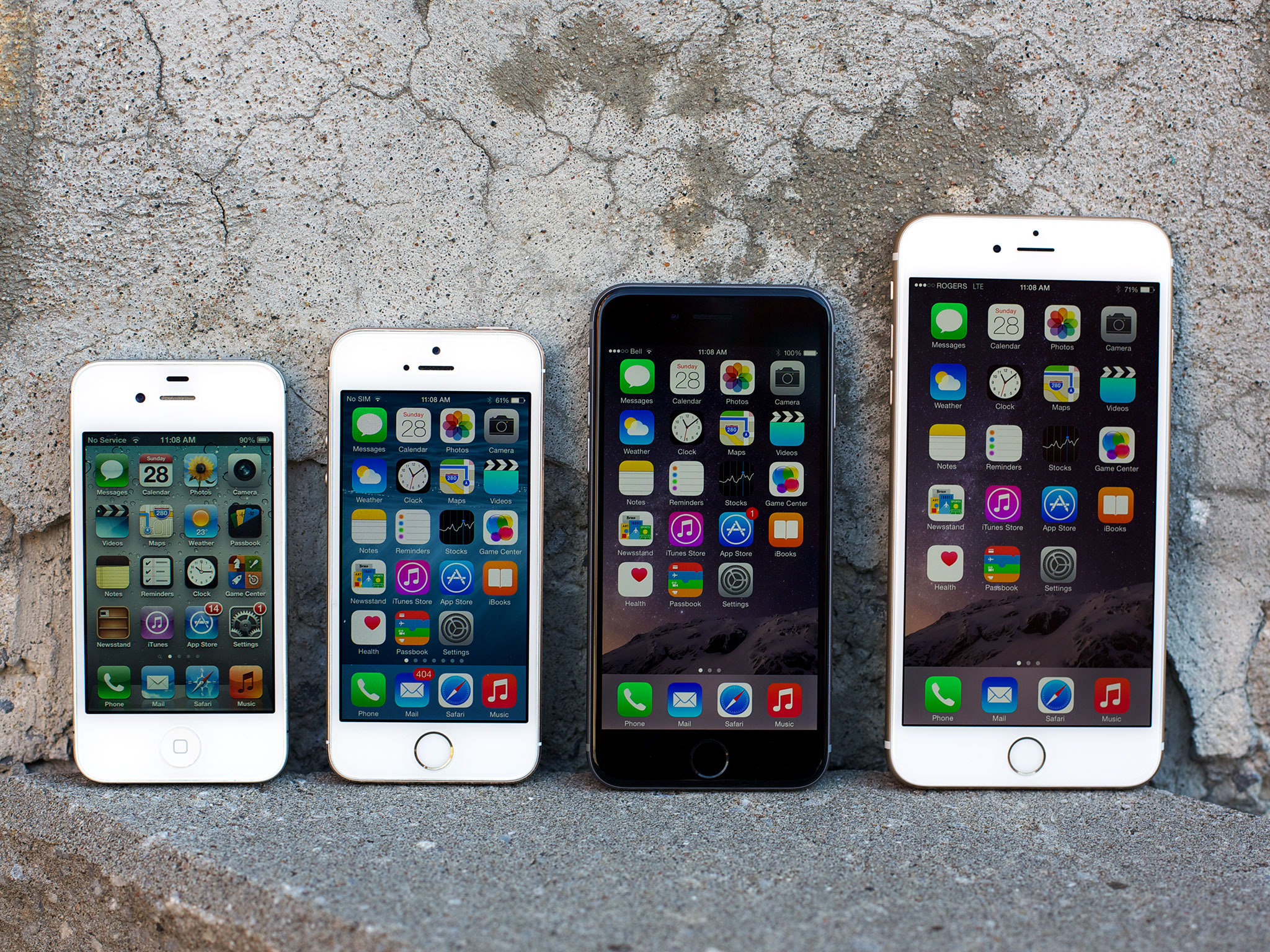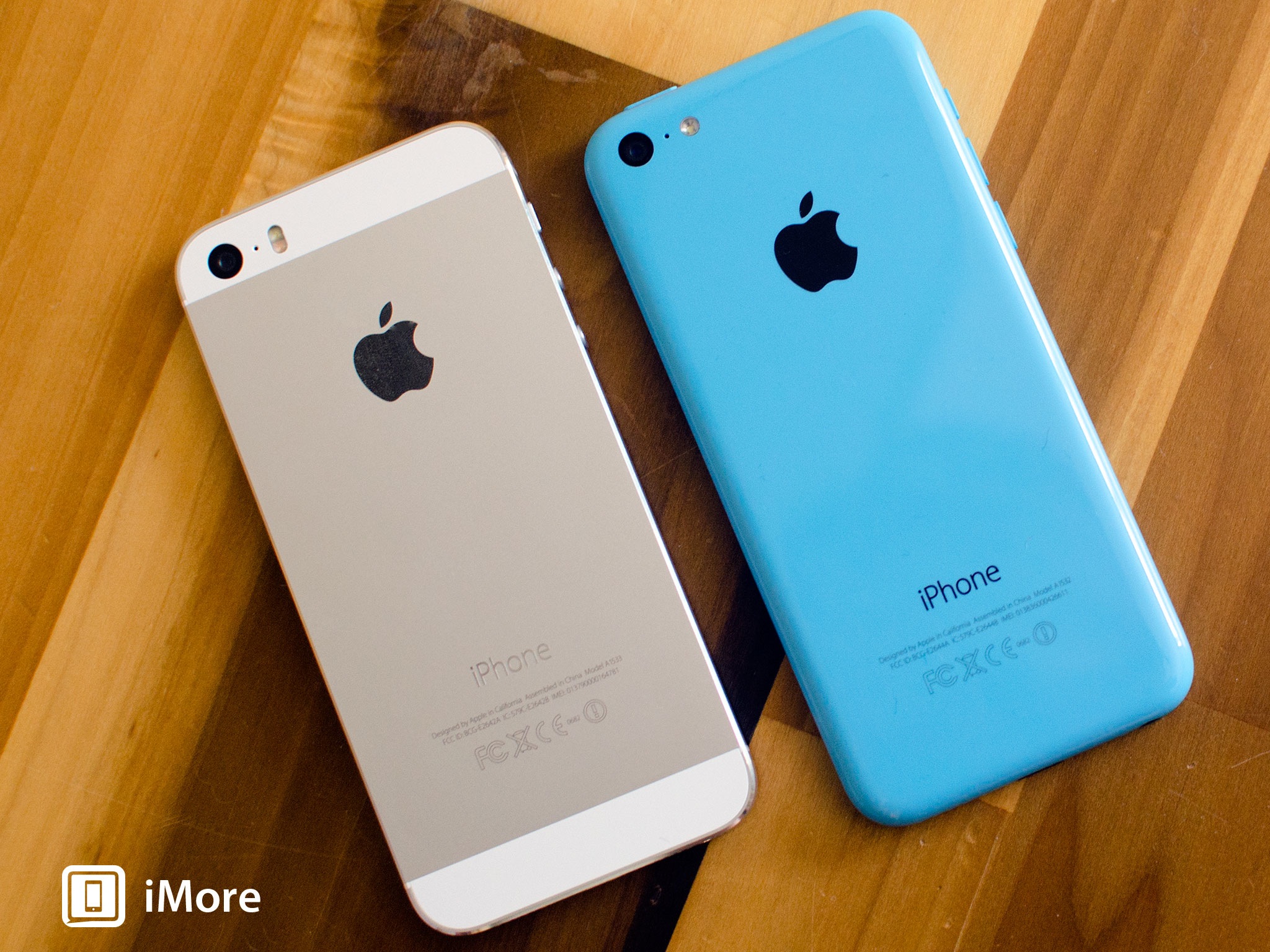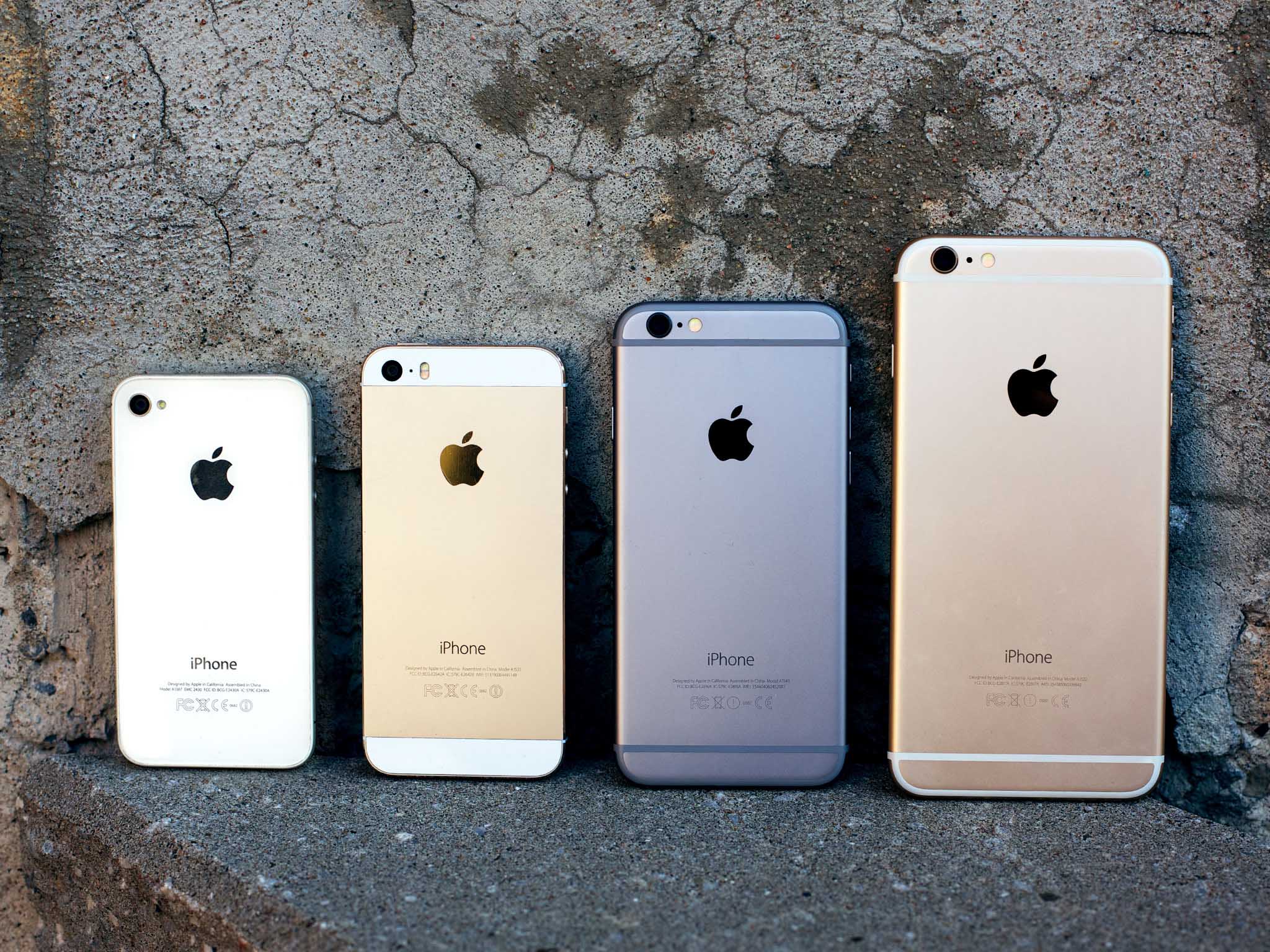iPhone SE and its place in the Apple universe

In 2016 the idea of a "new" 4-inch iPhone — iPhone SE according to recent rumors —means different things to different people. For some, it means the return of one-handed ease of use, a display their thumbs can reach from corner to corner, and a case that will fit in their small pockets or clutches. For others, smaller implies less expensive, and the hope of more modern Apple hardware at a lower cost of entry.
State of the 4-inch phone
When asked about Apple's go-to-market strategy for iPhone, CEO Tim Cook said:
Our strategy is always to make the best products, and for the smartphone market we are able to provide several different price points for our customers. We have, sort of the premium part of our line is the 6s and 6s Plus, we also have a mid-price point with the iPhone 6 and the iPhone 6 Plus, and we continue to offer the iPhone 5s in the market and it continues to do quite well. And so, we offer all of those, and I don't see us deviating from that approach. We always want to offer somebody the… we don't design to a certain price point, we design a great product and make it priced at a great value, and today we're able to offer all three of those different iPhone options.
Last July Apple updated the iPod touch. While no longer a blockbuster product, the iPod touch fills a space in Apple's lineup that the company deems important to keep filled. So, it received an upgrade that modernized its components so customers would enjoy a better experience. The iPhone 5s is currently approaching where the iPod touch was. If it's a product that "continues to do quite well for Apple", the same type of update strategy makes the same type of sense.
Smaller vs. cheaper
Tim Cook recently said that 60 percent of customers on an iPhone 5s or earlier have not yet upgraded to an iPhone 6 or later. When we polled our readership late last year, a majority of our readers told us they were happy with the current sizes — almost 58%. Of those who did want a smaller iPhone, 12% said it was important enough to them that they'd refrained from upgrading because the iPhones 6 seemed too big. Almost 13%, though, said they were interested in a smaller iPhone especially if it was less expensive than the larger size models.

Initial iPhone growth was in leaps and bounds. Adding lower up-front prices via carrier subsidies, adding international carriers, adding Verizon and additional U.S. carriers, experimenting with pop-art colors and packaging, adding China Mobile, and adding larger display sizes.
Now that the iPhone is one of the most popular products on earth, growth is a matter of steps. Adding payment plans — essentially low-cost leasing — helps make the flagship iPhones as affordable as possible. Adding a smaller iPhone helps expand addressable markets.
The demand for diminution
Apple sells iPhones to people who are buying their first phone or smartphone, to people who are upgrading from a previous iPhone, and to people who are switching from a non-iPhone smartphone (mostly Android phones).
Master your iPhone in minutes
iMore offers spot-on advice and guidance from our team of experts, with decades of Apple device experience to lean on. Learn more with iMore!
If low price is the most important feature to a new buyer — if all they're looking for is the modern equivalent of a free-on-contract feature phone — then they're probably not going with Apple, at least not for their first smartphone. If ease-of-use is a primary concern, though, then iPhone is hugely attractive, including the entry-level models. (Which are typically older hardware running current software.)
Upgrades are driven by new features, like better cameras and more desirable display sizes. Conversely, the lack of a feature — including a desirable display size — can postpone an upgrade.
Incredibly compelling features can also drive switching, as can sharp pain or prolonged frustration experienced by those contemplating a switch. Lack of timely updates, security concerns, and the absence of smaller display sizes could all cause a switch. Even lack of other options in the smaller phone space.
Enter the iPhone SE.
Everything old...
The current iPhone Plus models all cost $100 more than the regular models. Bigger meaning more expensive is easy for consumers to understand, but comes with the equal and opposite perception of smaller meaning less expensive.
So, if you're going to make a smaller iPhone and people are going to expect it to cost $100 less that the regular iPhone, unless you want to work really hard to change those expectations, how do you do it?

Previously, Apple kept the older generation models around and dropped their price by $100. That let the iPhones 5 occupy the entry-level slot for the last couple of years, including the iPhone 5s as of September 2015.
Following that pattern, though, the iPhone 5s would drop off this year, in 2016, and the iPhone 6 would take its place. That would be a feature improvement but it would leave Apple without a smaller, more highly differentiated phone in the lineup.
Again, enter the iPhone SE.
... Is newish again
Instead of price-dropping the iPhone 6 or coming up with a variant of that platform, like an iPhone 6c, Apple would simply update the iPhone 5s. Even with a late 2015 A9 processor, iSight camera system, and NFC radio for Apple Pay, component costs could still be kept within Apple's target range for price point and margins. That way, just like the iPod touch refresh last year, people who still want the iPhone 5s get it, but with specifications that deliver an updated, modern experience.
The rumored release date of the rumored device — this March instead of the traditional September — would then have several benefits:
- It would bifurcate iPhone launches. So, instead of a massive September spike and then a slow drop off for the rest of the year, there'd be something of interest in March as well.
- It would get a newer 4-inch device out sooner. That could prompt upgrades during what's traditionally been the slower mid-cycle period for iPhone.
- It would clear the September event, allowing Apple to focus on the iPhone 7 story without any complications or distractions.
- It would help the 4-inch iPhone seem fresher, since its specs would be compared to the previous flagship rather than the next one.
For people who've been waiting for an updated device with the 4-inch display size, they no longer have to wait. For people who want an iPhone but at the lowest cost of entry possible, they get a better-than-ever version of just that. In other words, Apple gets to better serve both upgraders and first time buyers.
It's a growth step rather than a leap, and it doesn't serve those who want a 4-inch iPhone flagship. At the bleeding edge, though, smaller isn't cheaper. It's often more expensive.
And there are other ways to better address that market as well.
iPhone SE bottom line
The iPhone is my primary connected device, so once I went Plus there was no going back. From the expansive display to the long battery life, I love everything about it. I'm not everyone, though, and different customers have different needs.
If updating the 4-inch iPhone size gets even a small percentage of the market to upgrade or cross-grade, that's a large amount of sales at iPhone scale. If it gets a significant percentage, then it's huge.
If you've been waiting for a smaller, perhaps less-expensive iPhone with more modern specs, would an iPhone SE interest you?
○ iPhone SE review
○ iPhone SE FAQ
○ iPhone SE buyers guide
○ iPhone SE hub
○ iPhone SE specs
○ iPhone SE discussion
○ See at Apple.com
○ iOS 10 news

Rene Ritchie is one of the most respected Apple analysts in the business, reaching a combined audience of over 40 million readers a month. His YouTube channel, Vector, has over 90 thousand subscribers and 14 million views and his podcasts, including Debug, have been downloaded over 20 million times. He also regularly co-hosts MacBreak Weekly for the TWiT network and co-hosted CES Live! and Talk Mobile. Based in Montreal, Rene is a former director of product marketing, web developer, and graphic designer. He's authored several books and appeared on numerous television and radio segments to discuss Apple and the technology industry. When not working, he likes to cook, grapple, and spend time with his friends and family.
